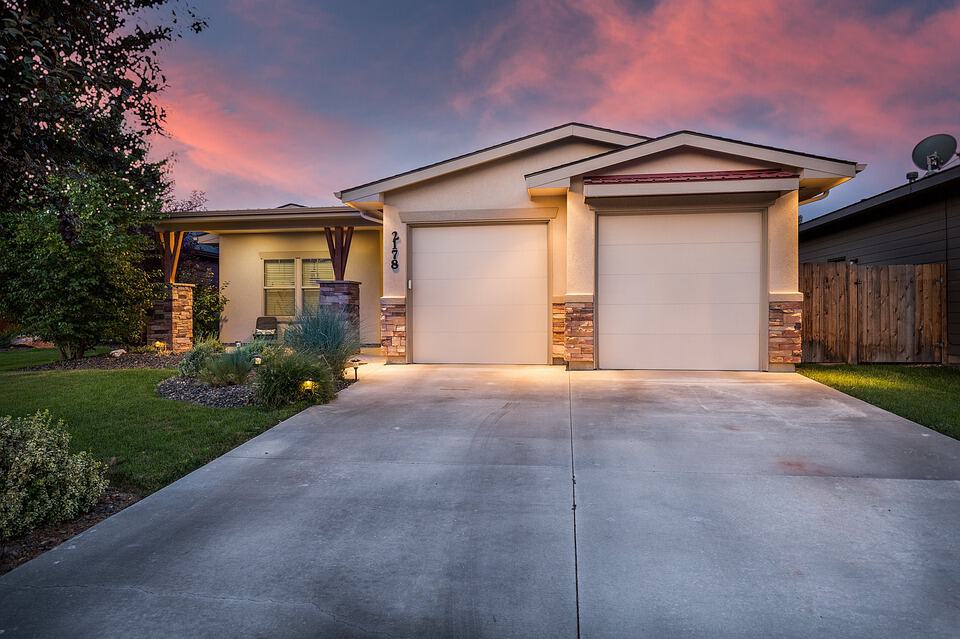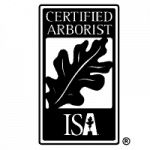The structures and other non-living material that are used in the landscape are just as important to the overall design as the 7 landscape design principles involving living material, and there’s many different types of materials that can be used to make what we would call the hardscape, these non-living structures. And these include wood, metal and, of course, stone. And today we’re going to look at some uses of stone from the very large down to these really fine screening’s.

One of the most common ways we use stone is in our walkways. And if you’re going to be walking on stone, you want it to be very fine. The smaller the stone is, the easier it will be to walk on. And if you have something larger, you want to make sure that it’s a crushed stone and it has a lot of sharp edges so that it’ll pat down when you step on it and sort of roll away.
The same type of stone can also be used as a nonliving mulch. It provides really good drainage and can be useful in certain situations where drainage is important, such as in Iraq. Now, if you want to have something a little more stable to walk on, you can use larger pieces of flagstone, either cut like this or uncut stones. And of course, you can create an entire walkway or even a patio like this using the flagstones. Another application for Stone is to create edges.
Cut stones can be used to make a really nice, fine sort of sharp edge. It can even give a little bit more of a formal look. But you can also use natural stone, uncut stones that have more natural appearance as well. We can also use stone for creating walls, and these can either be structural walls used perhaps to create a raised bed. And again, they could be more natural or more cut. Cut stones can also be used to create a veneer, just to add a little bit more of a decorative look to the home.
Another very practical way to use stone in the landscape is to help guide the movement of water. They can build a dry creek bed that will move water from the downspout. And we see this in many landscapes. Water’s coming out of either the downspout or when it rains and it washes through the landscape and doesn’t really have a directed way to go. This can help you guide where that water goes, that you could get it out of the landscape.
And finally, stones can be used on their own as a focal point. We see a lot of different boulders being used in the landscape and sometimes they’re very natural like this or else they’re cut into really fun shapes. And these can be very striking and just make a statement all on their own. One really fun type that we’ve seen a lot lately are these wholely boulders? This is a limestone and these holes are all natural and they can be used, filled with soil to plant some little plants and.
With all these applications, with our ground covers, our edges, there are many different types of stone materials to choose from their sandstone and limestone, slate and granite, and you want to make sure that whatever stone you choose to use in the landscape is going to complement both the landscape but also the house. You have to consider that the color and the style go along with the style of your home and the style of your landscape as well. Need more tips on landscaping, you can check out our article on the 5 landscaping tips on a budget.






